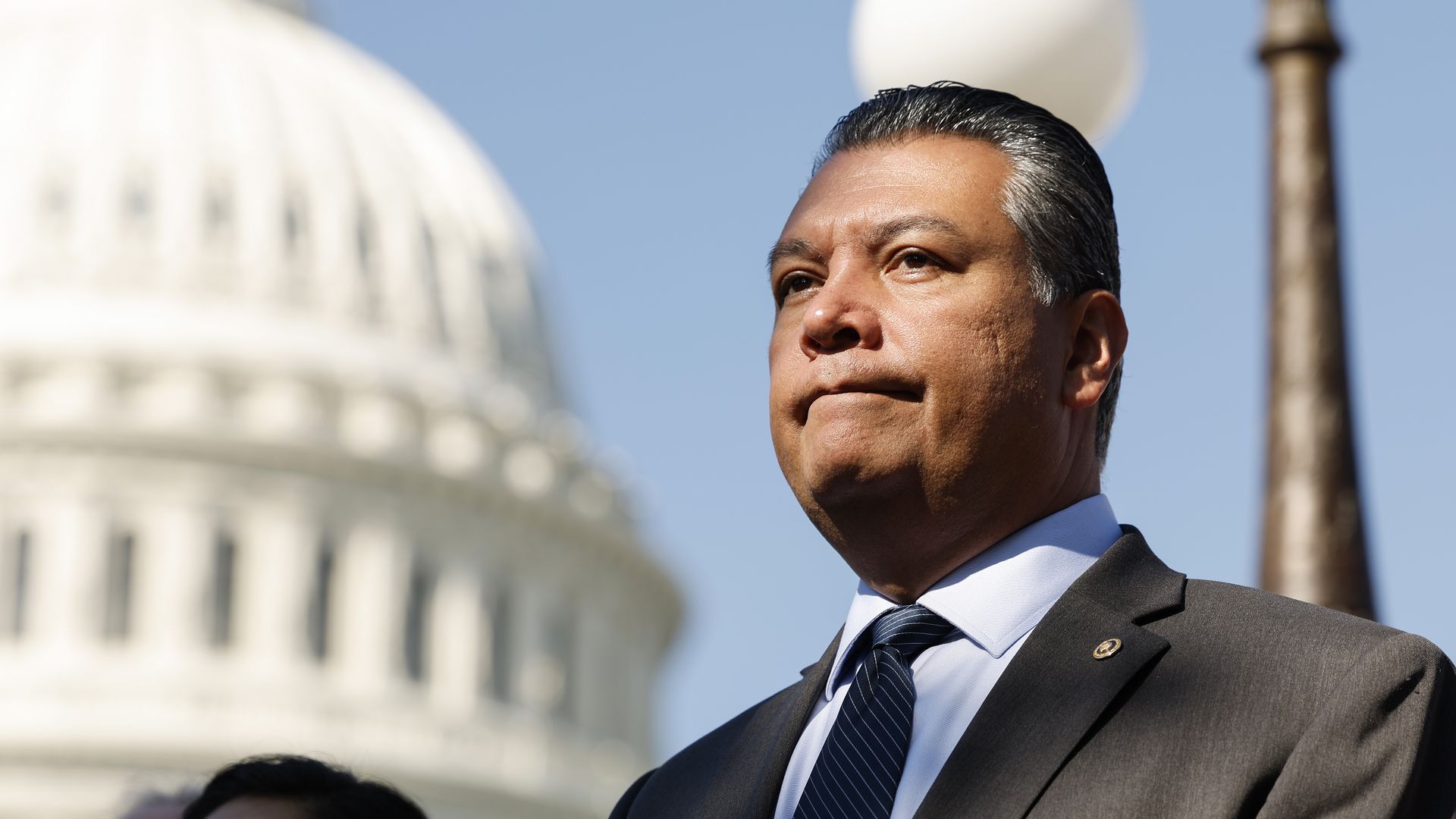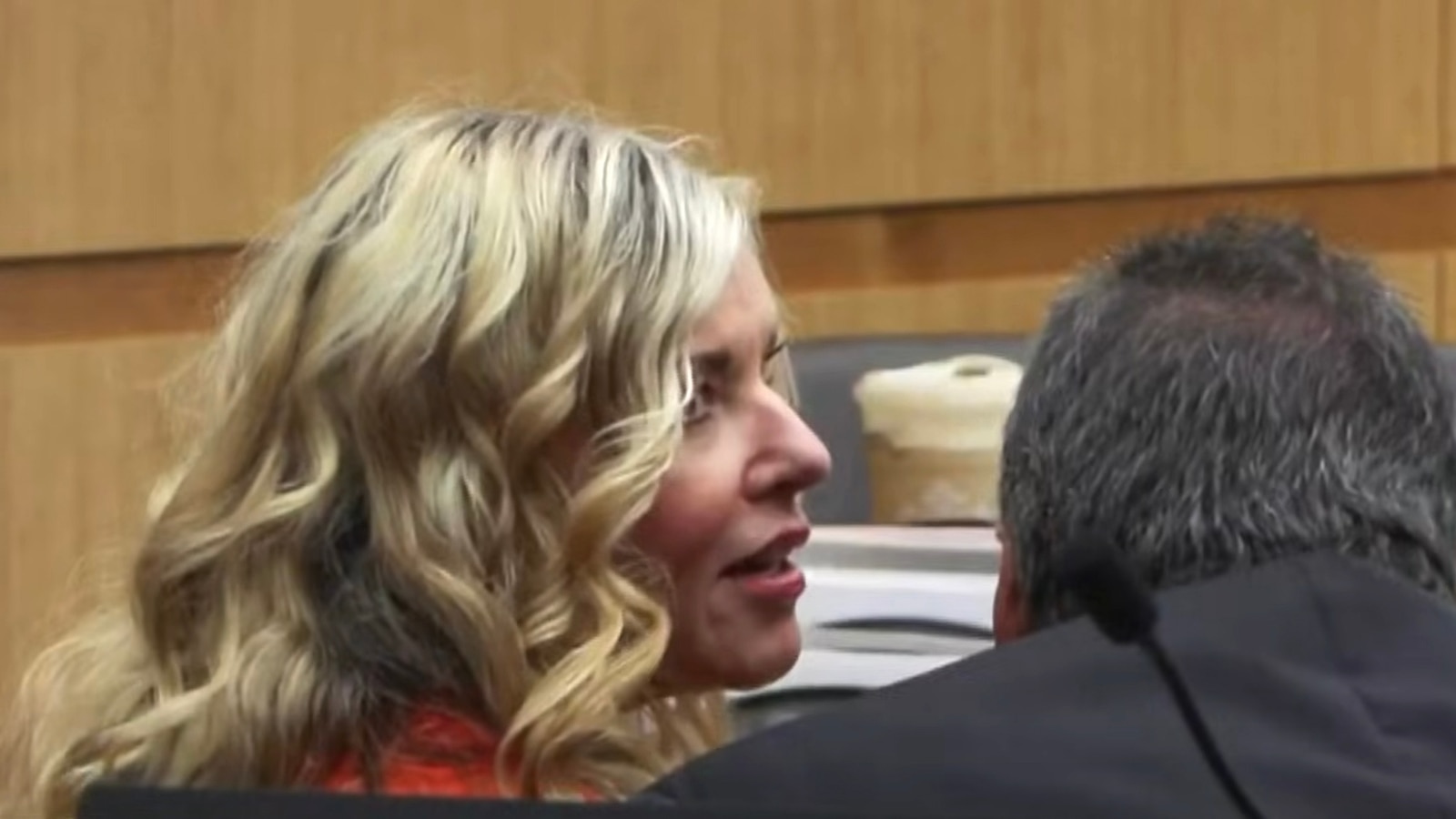What Happened
In June 2025, Los Angeles experienced a significant deployment of military personnel, including approximately 4,000 National Guard members and 700 Marines, in response to ongoing protests against the Trump administration’s immigration policies. The deployment was ordered by President Trump without the consent of California Governor Gavin Newsom, who described the action as a provocation. The protests, initially sparked by aggressive federal immigration enforcement, escalated into broader demonstrations against the administration’s policies, leading to concerns about the militarization of domestic law enforcement.
Reports from service members indicated widespread dissatisfaction with their deployment, with many feeling they were being used as “pawns” in a political struggle. Advocacy groups representing military families reported that morale among the troops was low, with service members expressing discomfort about being involved in domestic policing operations. The protests themselves, while at times chaotic, were largely peaceful, and the military’s role appeared limited, primarily involving guarding federal buildings and assisting law enforcement in immigration sweeps.
Key Details
- Deployment Details: President Trump ordered the deployment of 4,000 National Guard troops and 700 Marines to Los Angeles, citing the need to protect federal law enforcement from violent protesters.
- Local Response: Governor Gavin Newsom criticized the deployment as unnecessary and provocative, emphasizing that the protests were not on the scale of the 1992 riots following the Rodney King incident.
- Military Morale: Advocacy organizations reported that many service members felt uncomfortable with their assignment, with comments indicating that they did not sign up for domestic policing roles.
- Public Sentiment: Polls indicated public disapproval of both the military deployment and the administration’s immigration policies, reflecting a broader unease about the situation.
- Historical Context: The current unrest has drawn comparisons to the 1992 Los Angeles riots, although local leaders and historians argue that the scale and nature of the current protests are significantly different.
Multiple Perspectives
The deployment of military personnel has elicited varied responses from different stakeholders.
-
Military Families and Advocates: Groups such as the Secure Families Initiative and the Chamberlain Network have expressed concern about the implications of using military forces in domestic situations. Sarah Streyder, a representative from the Secure Families Initiative, stated, “The sentiment across the board right now is that deploying military force against our own communities isn’t the kind of national security we signed up for.” This sentiment was echoed by other advocates who highlighted the risks of blurring the lines between military and law enforcement roles.
-
Government Officials: Governor Newsom and other local leaders have criticized the federal government’s approach, suggesting that the deployment was politically motivated and unnecessary. Newsom described the situation as being mismanaged and accused the Trump administration of inflaming tensions rather than addressing community concerns.
-
Supporters of the Deployment: President Trump and his administration defended the deployment, framing it as a necessary measure to restore order and protect federal law enforcement from what they described as a “vicious and violent mob.” Trump characterized the protests as a threat to national security, asserting that without military intervention, Los Angeles would be in chaos.
Context & Background
The deployment of military forces to Los Angeles is set against a backdrop of heightened tensions surrounding immigration policy and civil rights. The protests began as a response to aggressive federal immigration enforcement actions, which many viewed as discriminatory and harmful to immigrant communities. The situation escalated with the deployment of military personnel, drawing historical parallels to the 1992 riots that erupted after the acquittal of LAPD officers involved in the beating of Rodney King.
The 1992 riots resulted in significant loss of life and property damage, and the response to that unrest involved a coordinated effort between local, state, and federal law enforcement, which contrasts sharply with the current situation where federal forces were deployed without local consent. This historical context is crucial for understanding the current dynamics in Los Angeles, as many community leaders argue that the current protests, while disruptive, do not reflect the same level of civil unrest seen in 1992.
What We Don’t Know Yet
As the situation in Los Angeles continues to develop, several uncertainties remain:
- Future Protests: It is unclear how the deployment of military personnel will affect the trajectory of the protests. Will the presence of the National Guard and Marines escalate tensions or help restore order?
- Long-term Impact on Military Morale: The long-term effects of this deployment on military personnel’s morale and their perceptions of their roles in domestic affairs are still unknown.
- Legal Challenges: California’s request for a temporary restraining order to block the military deployment is pending in federal court, and the outcome could set a precedent for future federal-state relations regarding military involvement in domestic issues.
- Public Opinion: Ongoing polling will be necessary to gauge shifts in public sentiment regarding both the military’s role in domestic affairs and the administration’s immigration policies as events unfold.
In summary, the deployment of military forces in Los Angeles has raised significant concerns about the implications for civil-military relations, community safety, and the political landscape, with historical precedents providing a complex backdrop for understanding the current unrest.


